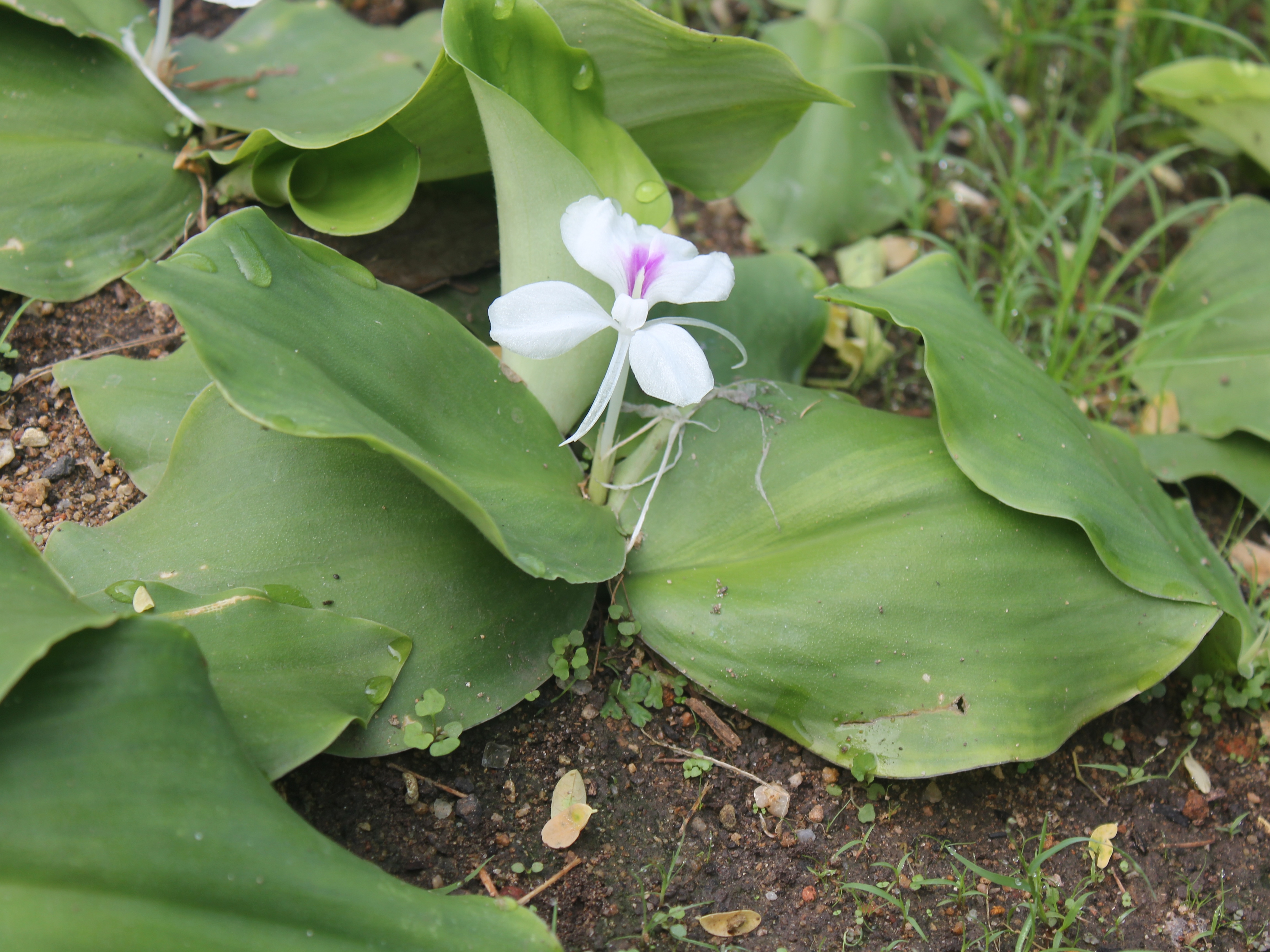Same Same but Different, The Curious Mystery of Brassica oleracea
When you walk into a supermarket’s fresh vegetable section, you will be greeted by a range of familiar edibles like the cabbage, kale, Chinese kale (also called Kai Lan), cauliflower, brussels sprouts, kohlrabi and broccoli. Though they look quite different, did you know that they all descended from the same ancestor?
Collectively, these vegetables are called cole crops and they are derived from the wild cabbage (Brassica oleracea) which grows naturally on limestone cliffs found in coastal Southern and Western Europe. They are also referred to as ‘cruciferous vegetables’ as they are classified in the family Brassicaceae (formerly Cruciferae) and their flowers consist of four petals that are arranged in the shape of a cross.
The cultivars of the cabbage were obtained through many years of domestication and artificial selection of specific traits. These cultivars, botanically grouped by their developmental form into eight major cultivar groups, are also interfertile, resulting in a wide range of hybrids that are marketed as a novelty and have gained popularity among the masses. An example is the Kalette® which was created by crossing kale and brussels sprouts.
Get to know some of these cultivars here:
.jpg?h=349&w=400&la=en&hash=1507C015953D961F44DB9807B73F1B98F923F3A3)
Photo credit: Jessica Teo
Acephala Group
The word for the Group Acephala is Latin for "without a head” and it consists of kale and collards. They are non-heading leafy vegetables which are reported to resemble the wild cabbage ancestor most.

Photo credit: Jacqueline Chua
Alboglabra Group
The Chinese kale or Kai Lan belongs to this Group and it needs little introduction. It is a common leafy vegetable that is consumed especially in this part of the world. In contrast to the many cabbage cultivars introduced in this article, the Chinese kale is heat-tolerant and grows well in the lowland tropics.
 |
 |
| Photo credit: Vicky Lim Yen Ngoh | Photo credit: Shi Biying |
Botrytis Group
The word Botrytis means cluster, like a bunch of grapes, in Greek and cauliflower and broccoli belong to this Group. We eat the central immature inflorescence that is harvested from these plants.

Photo credit: Vicky Lim Yen Ngoh
Capitata Group
The Group name Capitata is derived from the Latin word for "having a head" with reference to the tight wrapped up sphere of leaves we see in the cabbage.

Photo credit: Jennie Tang
Gemmifera Group
Brussels sprouts is the vegetable that belongs to this Group. The plant is characterised by the numerous compact, axillary buds that, like mini cabbages, are produced on a single, upright stem. The Group name is derived from two Latin words: gemma for ”bud” and ferre which means ”to bear”.
.jpg?h=300&w=400&la=en&hash=7273E8C9A1A39B5035CEAB2DF4A28AC12E0901DB)
Photo credit: Jennie Tang
Gongylodes Group
Kohlrabi belongs to the Gongylodes Group. The Group name means ”roundish” in Greek with reference to the shape of the green or purple edible swollen stems of the kohlrabi.
Italica Group
The sprouting broccoli belongs to the Italica Group and the Group name is indicative of the area of origin of this vegetable. The portion of the plant that is eaten is the terminal head of immature, green flower buds borne at the stems.
Tronchuda Group
This Group consists of a rather leafy vegetable that is largely unfamiliar to people residing in this part of the world. The Portuguese cabbage is a plant with spreading leaves and thick, fleshy leafstalks. The Group name for this cabbage cultivar is derived from the name tronchuda due to the mid-rib’s thickness which is called tronchos or talos in Portuguese.
Growing Tips
Cabbage and its cultivars are well known temperate crops that grow best in a moist and cool climate. In fact, they exhibit considerable frost tolerance. Growing them in tropical Singapore can be challenging and success will require the selection and trialling of heat-tolerant cultivars, where available.
Heat-tolerant broccoli and cauliflower varieties that can grow in the lowland tropics tend to produce smaller heads with less tightly packed flower buds. Cabbages may also produce smaller and looser heads here.
Gardening with Edibles
The City in Nature vision seeks to bring greenery closer to all residents. The community plays a key role in the ownership and stewardship for nature which will benefit our health and well-being.
NParks is partnering residents to make Singapore our City in Nature and spark a love for community gardening through the Gardening with Edibles initiative launched in June 2020. Under this programme, some 400,000 free seed packets have been distributed to interested members of the public. Relevant resources are also available online, to guide gardeners along the way.
Also, NParks is expanding the allotment gardening scheme and the Community in Bloom programme, to welcome even more residents into the gardening family.
The Gardening with Edibles initiative is aligned with Singapore’s national strategy to strengthen our food resilience. The “30 by 30” goal, led by the Singapore Food Agency, aims to produce 30% of Singapore’s nutritional needs locally by the year 2030. The programme is jointly funded by founding partners DBS Bank and Tote Board through the Garden City Fund.
Learning More
If you are a gardening newbie, visit NParksSG, our refreshed YouTube Channel that serves as a one-stop repository for close to 300 video resources. It covers topics ranging from types of soil needed for your garden and how to plant, harvest and even cook your edibles.
For more information about the flora and fauna found in Singapore, please visit Flora and Fauna Web.
If you like what you read, follow us on Facebook, Instagram and Telegram to get the latest updates.
Text by Dr Wilson Wong


-vicky-lim-yen-ngoh.ashx)
-vicky-lim-yen-ngoh/ocimum-basilicum-'amethyst'---overall---vicky-lim-yen-ngoh.ashx)

Have views or comments on this article? Let us know via this form. If you would like to give us feedback on any other areas relating to our parks and gardens, please submit via https://www.nparks.gov.sg/feedback